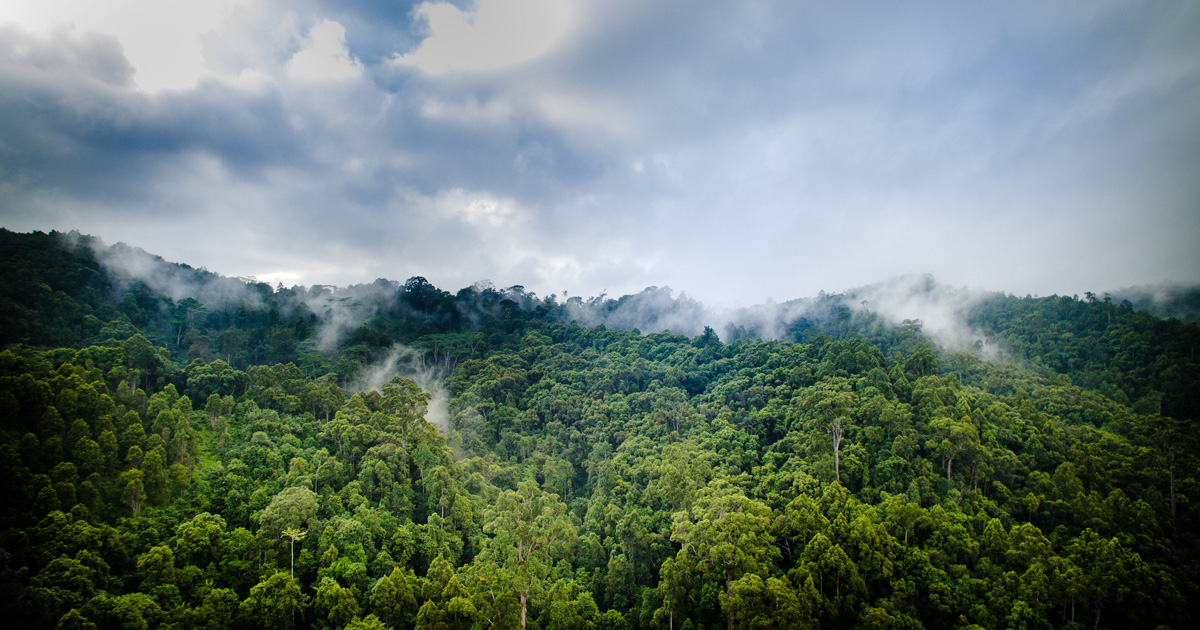Tropical peatlands lie at a nexus of competing sustainable development demands of enhancing food security, mitigating climate change, improving resilience and supporting rural livelihoods. Meeting United Nations Sustainable Development Goals (SDGs) requires balancing these various demands. Progress in meeting SDGs has been slow in low to middle income countries because of difficulties in identifying and quantifying the trade offs associated with natural resource exploitation, including on extensive areas of tropical peatlands. Here, by using secondary data from the literature, Indonesian and international agencies, we examine how land-use allocation in Indonesia has developed over the last three decades by investigating trends of key food and woody crops (oil palm and rubber) and evaluate the role that peatland provinces have played in food security and climate forcing. Overall, food crop production has been marginal in peatland provinces compared to monoculture woody crops, with the latter associated with increased carbon emissions from land use, land-use change, and forestry (LULUCF) over the last thirty years. Our analysis shows that synergies between responses to looming food security and climate change crises can also promote less damaging forms of tropical peatland management. For instance, the conversion of degraded shallow peatlands to agroecological practices (e.g., paludiculture) can be promoted. However, we stress that peatland conservation and restoration must remain the top priority. Impediments due to lack of a common definition for peatland and planning/management units, the use of multiple sectoral maps by different government agencies and uncoordinated sectoral policy targets can, however, hinder the implementation of less damaging peatland management.
DOI:
https://doi.org/10.1016/j.gloenvcha.2023.102731
Altmetric score:
Dimensions Citation Count:
























